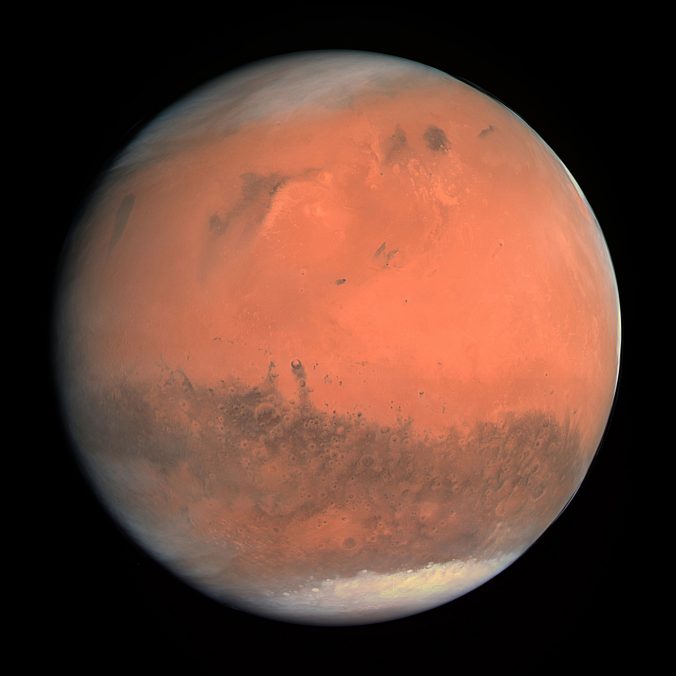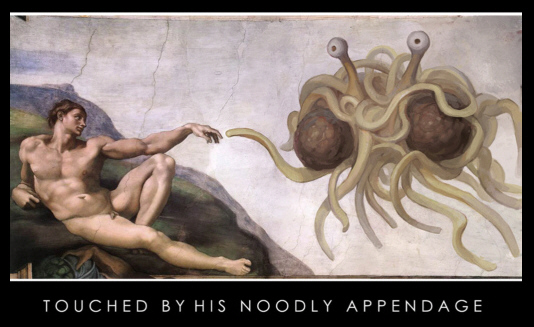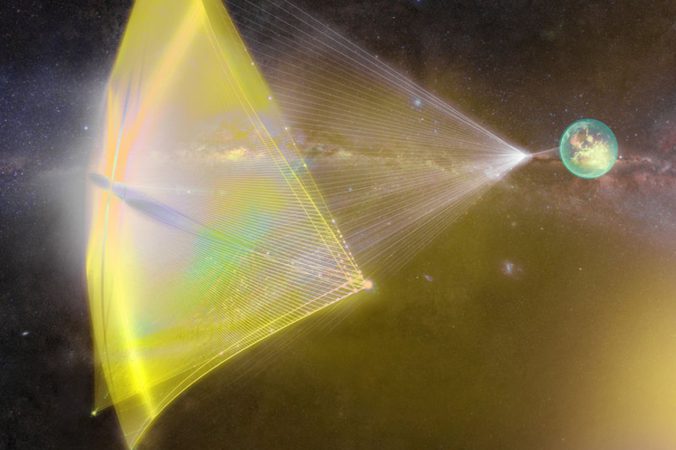Sometime soon, the first astronauts will set foot on Mars. Within our lifetimes, men and women will be living there full-time, and by the end of this century, the first children will be growing up on Mars. As much as possible, I’ve tried to be accurate about what life on Mars might someday be like. Human technology is always full of surprises—science fiction of the last century imagined flying cars, but instead we have computers in our pockets. Someday, all the dangers of Mars will be conquered. But for many, many years, life there will be extremely dangerous.
The Martian atmosphere, which is not only poisonous but colder than Antarctica and many times thinner than the top of Mount Everest, will always be a threat for colonists. In theory, environment suits might have air filters that could convert the carbon dioxide of the atmosphere into breathable oxygen. Unfortunately, it will be a long time before anything like these air filters will be practical enough for everyday use. For a long time to come, Martian colonists will be wearing bulky suits and carrying around oxygen tanks on their backs whenever they go out onto the surface. Someday, though, suit technology will reach the point where even children can wear them safely, and going out on the surface will be no more dangerous than riding in a car today.
Mars doesn’t have a molten core at its center, like Earth, and so doesn’t have a magnetic field. This means compasses won’t work on Mars, but much more importantly, it means solar radiation will be an ever-present danger. Earth’s magnetic field helps redirect charged particles from the Sun away from the surface, and our thicker atmosphere absorbs a lot of the particles that slip through. A person living on the surface of Mars would be exposed to at least ten times the average dose of radiation that a person living on Earth receives. Worse, solar flares and coronal mass ejections from the Sun, which go almost unnoticed on Earth, would be deadly for anyone living on Mars. The first colonies will probably be built underground to protect their inhabitants from radiation. Eventually super-strong transparent domes might cover entire cities, and an artificially-generated magnetic field might protect the entire planet from radiation.
Some of the greatest challenges, however, may be psychological. Panic disorder is a real condition, and anxiety will surely travel with us to Mars. Early colonies will be small and claustrophobic, and colonists there will be cut off from the rest of humanity by a gap of fifty million miles. But, like the millions of people on Earth today who suffer from anxiety attacks, humans on Mars will manage their fears and find ways go about their daily lives. We are a resourceful and adaptable species, and in the end we always find ways to expand what is possible, rather than letting ourselves be defined by our limitations.
Nobody knows yet who will be the first person to walk on Mars, or when that historic day will come. We don’t know exactly what life on Mars will be like. But we can imagine, and we can dream, and we can look forward to the day in the not-too-distant-future when we will watch those first steps on our televisions and cell phones.
And who knows? Maybe you will be that first person. Maybe you will be the one who steps out onto the dusty surface of our sister planet, looks up at the pale blue dot of Earth, and sends back those first words.
We made it.
from the after-after-word dept


